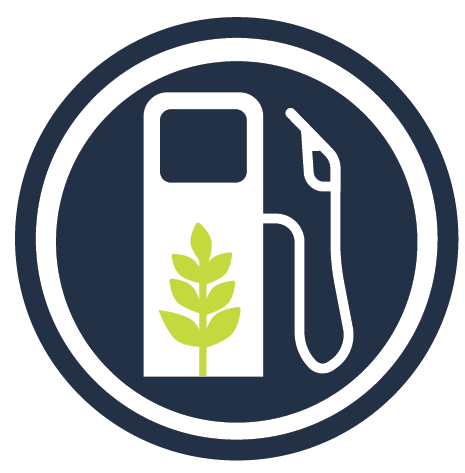Five Pathways to Guide Oregon
The Oregon Energy Strategy’s five pathways that together represent the direction Oregon needs to take to meet its energy policy objectives – including an energy transition that will deliver clean, reliable, and affordable energy to all Oregonians.
These pathways have been optimized to account for the direction that achieves a least-cost economy-wide trajectory over time while supporting reliability, affordability, and seeking to reduce costs while maximizing benefits. Implementation of each pathway must consider burdens and benefits to environmental justice communities, applying an equity lens to prevent further disproportionate impacts to historically and currently marginalized communities.
The five Oregon Energy Strategy pathways provide a foundation to align in the direction we must advance to meet our energy policy objectives. Policies and actions further define potential efforts to implement the energy strategy. Together, the Energy Strategy recommendations are structured as pathways to policies to actions.
Pathways define direction that Oregon needs to pursue to meet our energy policy objectives and are meant to guide decisions over time.
Policies build on the pathways and provide more detail to inform near-term actions and decisions over time.
Actions are near-term legislative and policy recommendations that focus on the next four years, addressing existing barriers and needs while delivering progress on the pathways and policies.
Explore each pathway:
1. Energy Efficiency
Advance energy efficiency across buildings, industry, and transportation sectors, including by expanding access to and appeal of multimodal transportation options, to deliver the benefits of a more efficient energy system.
2. Clean Electricity
Secure reliable, affordable, and clean electricity by expanding the electricity system and mainstreaming load flexibility.
3. Electrification
Increase electrification of end uses across transportation, buildings, and industry, while safeguarding reliability, promoting affordability, and maximizing opportunities to use load flexibility as a resource.
4. Low-Carbon Fuels
Advance the use of low-carbon fuels in the hardest-to-electrify end uses and to maintain a reliable electric grid.
5. Resilience
Strengthen resilience across all levels of the energy system, including utilities, communities, and customers, enhancing Oregon’s ability to adapt to climate change and mitigate other risks.





